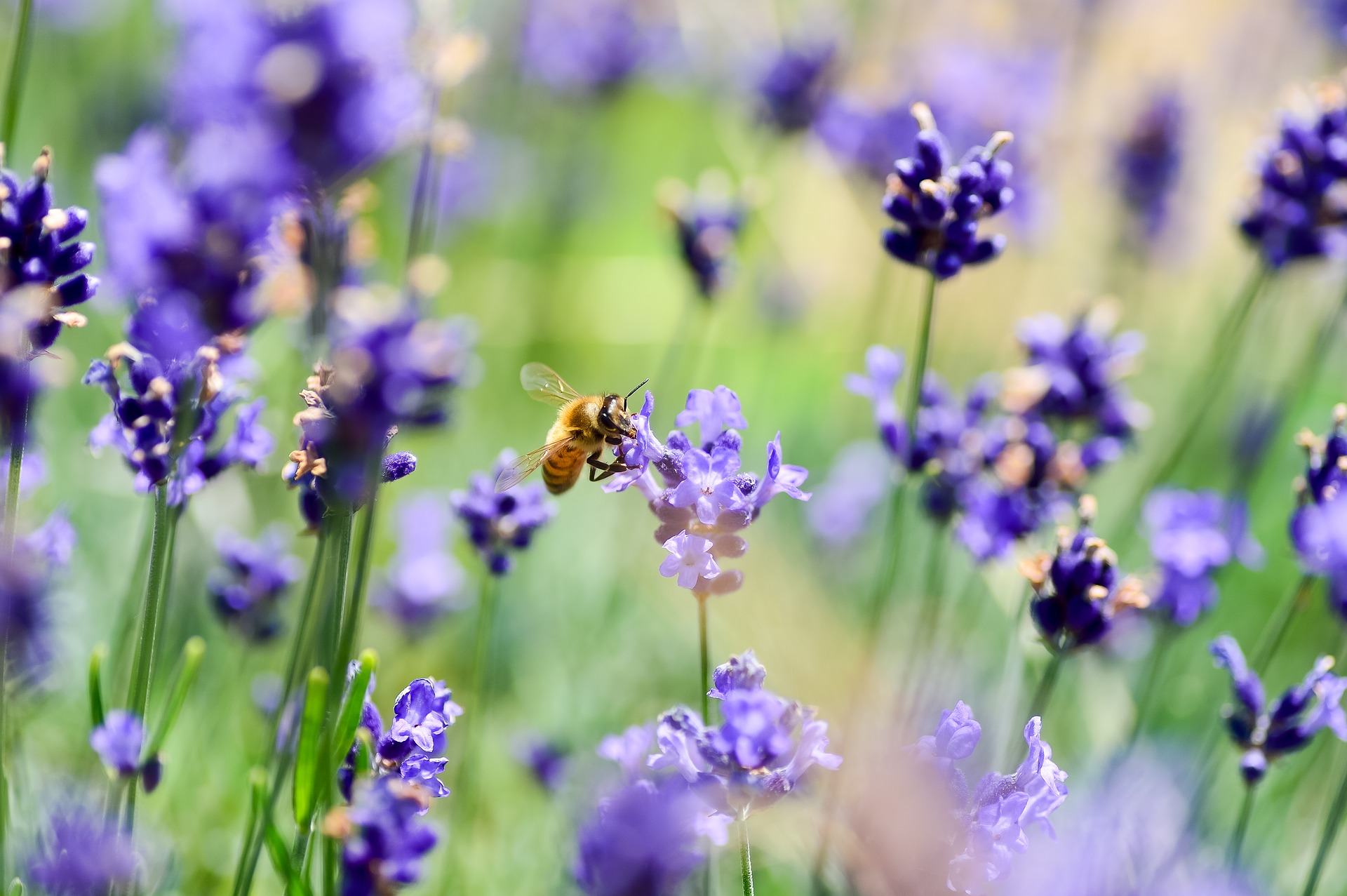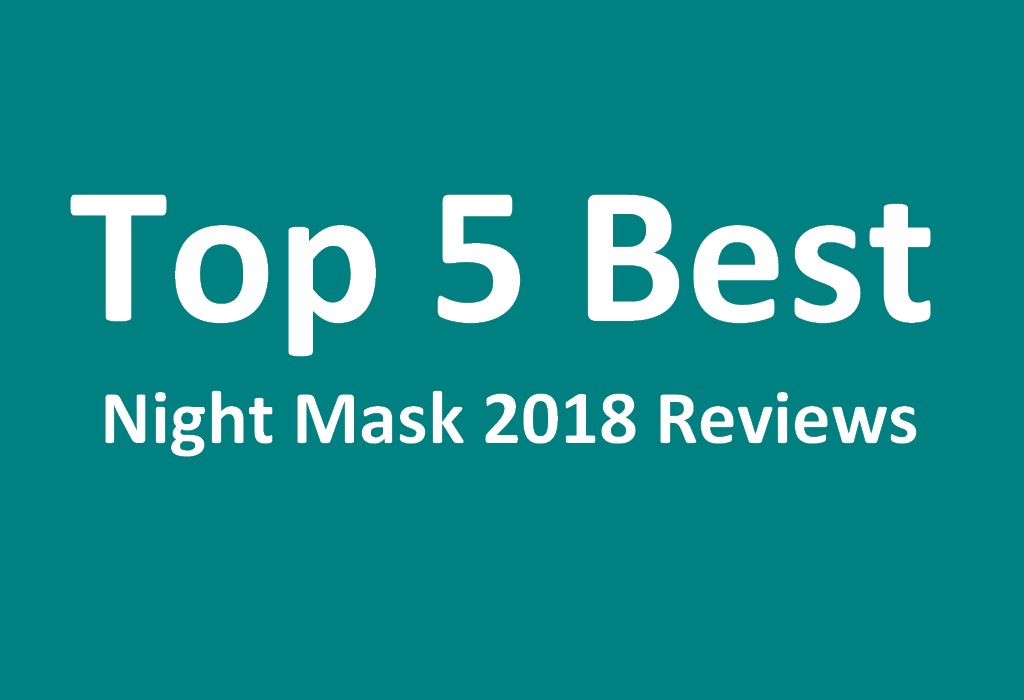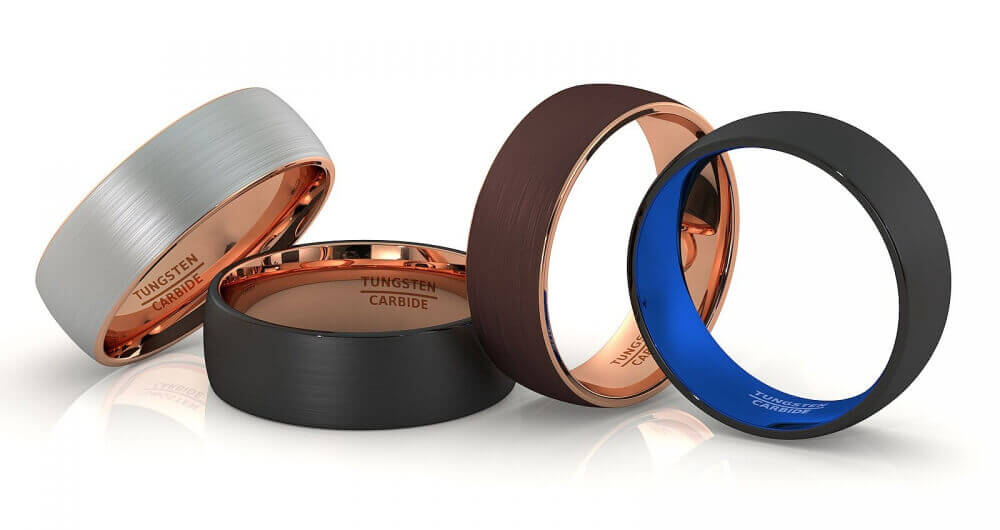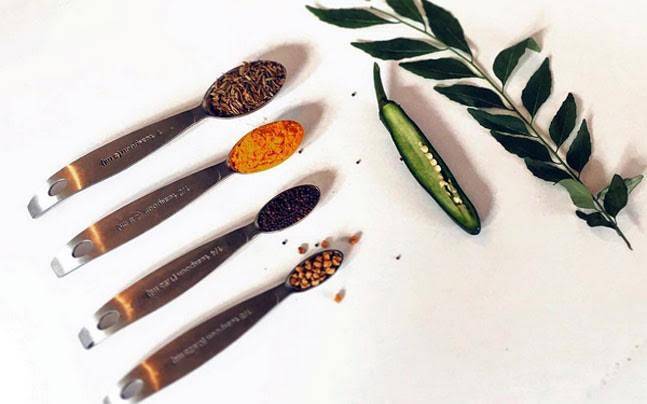How to Create a Bee-Friendly Garden

Anyone who has a garden understands the importance of the entire ecosystem and of the complex connections between plants, insects, other animals and us. Some of the larger animals and insects can be enemies of a beautiful garden and if you are facing this kind of problem, go to seedsandmore.net to find easy and effective solutions.
On the other hand, some animals and insects are essential for the wellbeing of a garden. Bees are the best example, for their indispensable pollinating role. Creating a garden that is attractive for bees is not just going to encourage pollination, but it will also help the bees survive. This way, you are helping both the plants in your garden and the bees, thus contributing to a healthy ecosystem.
The first steps for attracting bees to your garden
Just like many other wildlife species, wild bees and honeybees suffer because their natural habitat is disappearing with every passing year. This affects their ability to build a shelter and to find food and that is why there are fewer and fewer bees around. By creating a safe haven for them, you can support bees, help them survive and recreate their natural living conditions.
You don’t need to be an expert in order to attract pollinators to your garden and you don’t need a lot of space. A small garden or even one patch from your lawn can become a wonderful oasis for bees. Start planting bee-friendly plants as soon as possible. If you only have a patio, you can start with potted flowers and aromatic herbs or even hanging baskets of flowers.
Also, let some of the grass grow, instead of mowing it, because bees and other pollinators need grass for shelter. An even better micro-habitat would be a wildflower meadow, that you create by planting various native flowers. Even placing a pile of tree trimmings in a safe corner is a good idea for helping bees.
Make sure your garden is safe and inviting for bees all year long
A bee-friendly garden is a natural garden. Stay away from toxic pesticides or herbicides and use eco-friendly alternatives. Certain plant combinations are natural bug repellents; for example, garlic that’s planted among roses protects against aphids.
If you have more space, try to mimic their natural habitat by creating flower meadows, with trees and shrubs acting as borders and providing height and shelter. Instead of a simple lawn, that doesn’t help pollinators in any way, start to plant flowers. Go for plants with a single flower top, such as daisies and marigold, that make it easier for bees to collect the pollen.
Choose a wide variety of fruit trees, vegetables, and flowering plants. Bees love all of these and you will also be helping other types of pollinators. Also, try to combine flowers that bloom at different times of the year. For example, hyacinth and lilac are wonderful in the spring, echinacea and hosta bloom in the summer, while witch hazel and goldenrod will bloom later, in fall.





